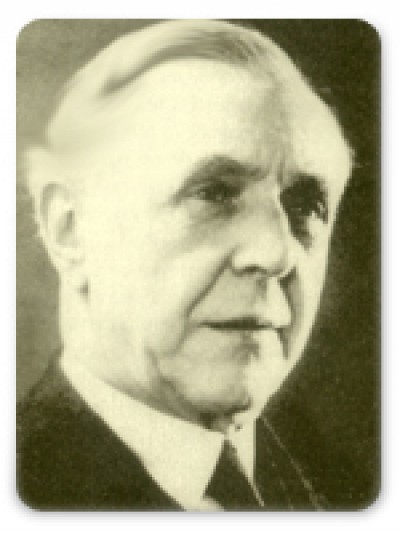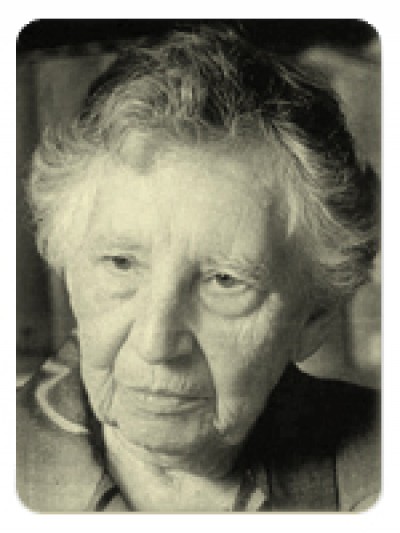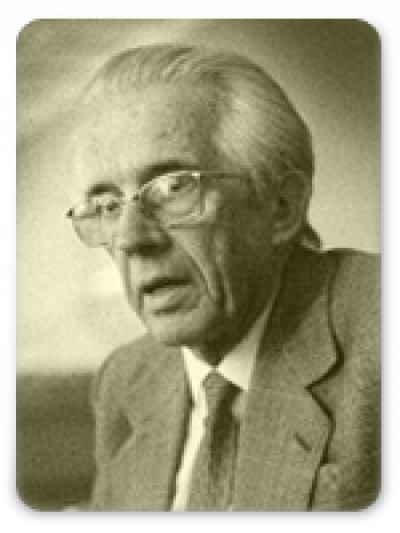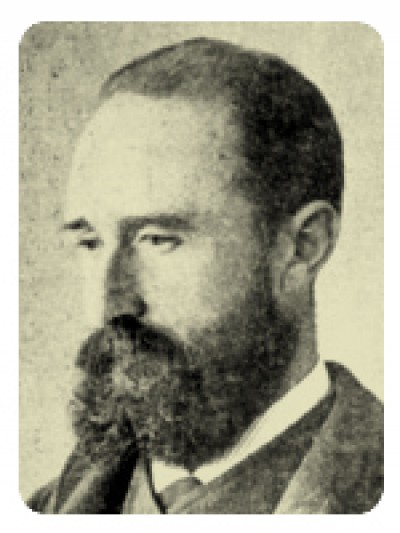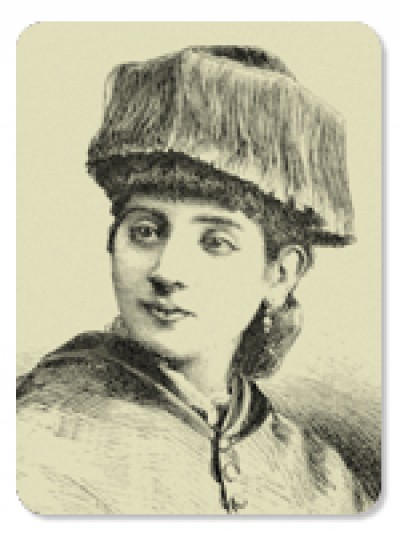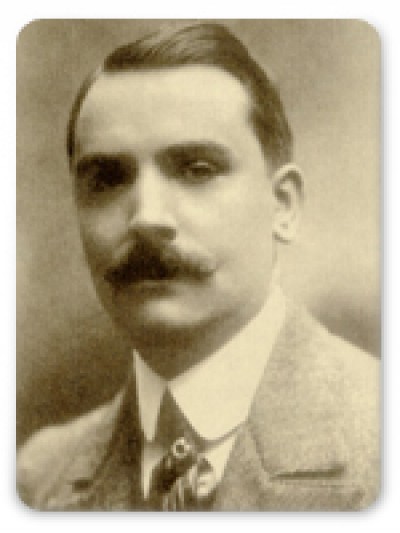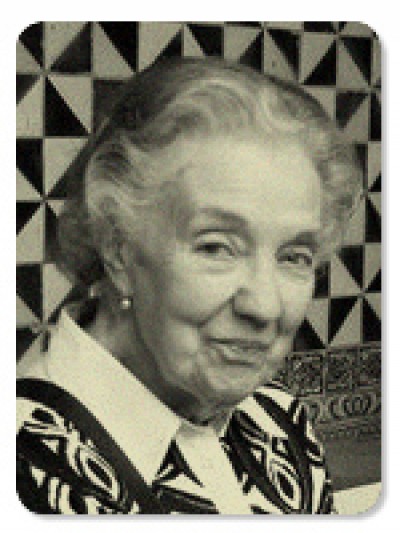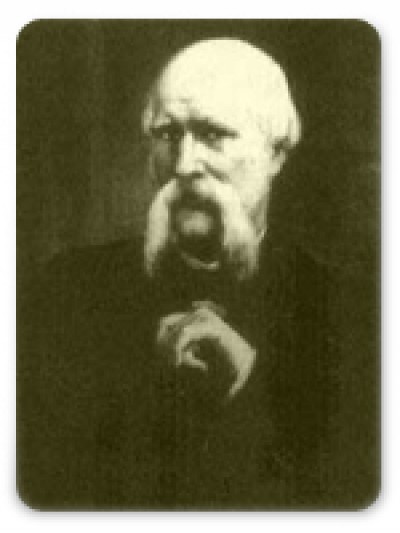He studied the problems in some textile fibres and in 1913 he invented a machine for making cotton fibres that was a revolution in the cotton industry.
Professor Emeritus of the Universitat Autònoma de Barcelona, was the first woman admitted as a member of the Institut d´Estudis Catalans, Section of Biological Sciences (l978) and President of the Institució Catalana d´Història Natural (1980-81), affiliated Society of the Institut d’Estudis Catalans. She was also member of the Reial Acadèmia de Farmàcia de Catalunya.
He got his Ph.D. degree in the Universitat de Barcelona, where he worked as a teacher from 1950 until 1966. He was Professor of analytic chemistry at the Universidad de la Laguna (1967-1969) and in the Universtiat Autónoma de Barcelona (1969-1976); Professor of analytic and inorganic chemistry in the E.T.S. de Ingenieros Industriales de Barcelona (1969-1976); and Professor of analytic chemistry in the Universitat de Barcelona from 1976.
He undertook various studies of the cells of different types of wood and established new analytical procedures to determine a species through studying its wood. He published various studies on the topic which were considered innovative writings in the area of vegetal histology, something for which he was recognised by the Nobel prize winner Ramón y Cajal.
There are people who have made great scientific contributions throughout their career and there are others who have paved the way to make them possible. This is the case of Martina Castells Ballespí, who died at the age of thirty-one without being able to develop her professional career. But she was a pioneer, one of the first women to obtain a PhD. in medicine in Barcelona.
Dr. Josep Castells Guardiola was born in Barcelona on May 27, 1925, the son of the doctor Feliu Castells Farrarons and Josefina Guardiola Rosa. His father, apart from being a good doctor, was appointed doctor of the Barça first team during the term of President Rafael Llopart (1915-16). Josep Castells attended high school at the Balmes Institute and obtained a degree in Sciences, Chemistry Section, from the UB with Extraordinary Prize (1948).
He was Professor of mathematical analysis at the Escola d’Enginyers Industrials de Barcelona, where he was also the director from 1913 to 1932.
Dr. Català started her astronomy work in 1952, a time of economic recession in Spain and also of the nearly complete absence of women in Spanish universities. In fact, she was the first woman to become an astronomer in the universities of Spain.
Urban engineer. He started his studies of Latin and Philosophy in Vic, and then he studied Mathematics and Architecture in Barcelona. In 1836 he moved to Madrid, where he joined the school of engineers and got his title in 1841.
He worked together with Ramon Turró in the Laboratori Municipal de Barcelona, in the physiology school of August Pi i Sunyer and in the Institut de Fisiologia (1920).

